LSAW steel pipe is a steel pipe product made from a small steel plate, double-sided submerged arc welded and expanded using pressure from a die or forming machine. This type of pipe offers a wide range of specifications, excellent weld toughness, superior ductility and uniformity, and high density. It exhibits significant advantages in large diameters, thick walls, high-pressure resistance, and low-temperature corrosion resistance.
The global LSAW steel pipe market reached millions of US dollars in 2023 and is expected to continue growing through 2030, with a significantly increasing compound annual growth rate (CAGR). Its applications include oil and gas transportation, municipal water and heating systems, construction, and other industrial sectors.
The main technical parameters of LSAW steel pipe are as follows:
Wall thickness: X6.4 steel grade can reach 23.8 to 0.252 mm (0.94 to 80 in); X6.4 steel grade can reach 26.4 to 0.252 mm (1.04 to 70 in). Wall thickness can be increased to varying degrees as material is reduced.
Product standards include ISO 3183, API Specification 5L, National Standard 9711, AS/NZS 1163:2016, etc.
LSAW steel pipe diameters range from φ406.4 to φ1422.4 mm.
The maximum pipe length can reach 12.8 meters.
Overview of Major Global LSAW Pipe Manufacturers
EEW Group: Headquartered in Germany, with over 85 years of history, it operates six steel pipe production facilities in Europe, the United States, and Asia.
Oerlikon Group: Headquartered in Switzerland, it is a leading company in metal processing and surface treatment.
JFE Steel Corporation: A large Japanese steel company formed from the restructuring of Kawasaki Steel Corporation, it is a world leader in steel production and processing technology.
Mannesmann: A well-known German industrial company with a long history and sophisticated technology in steel pipe manufacturing.
Baowi Steel Company: Baowi is a steel production enterprise integrating ironmaking, steelmaking, and rolled products. It develops emerging industries such as industrial finance, industrial park development and operation, and information technology.
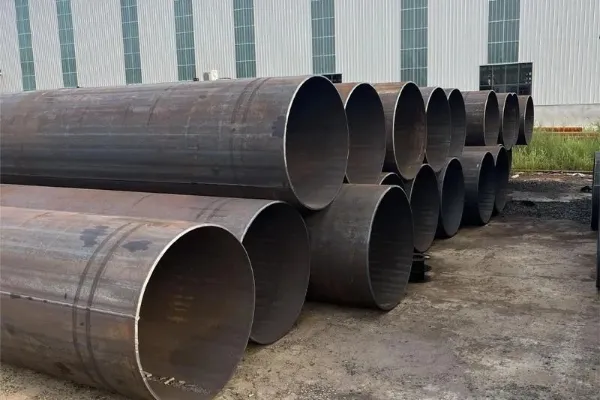
How to Choose LSAW Steel Pipe?
When selecting LSAW (Longitudinal Submerged Arc Welded) steel pipe, consider the following aspects:
1. Standards and Certifications
Prefer products that comply with international standards such as API 5L, ASTM, EN, and ISO. Require the manufacturer to provide a Material Testing Certificate (MTC) and third-party testing certification.
2. Raw Material Quality
Check the source of the steel plate. High-quality raw materials ensure the strength and durability of the pipe. Common steel grades include X42 to X70, and the selection should be based on project requirements.
3. Production Process and Equipment
Quality manufacturers use the JCOE or UOE forming process, resulting in uniform welds and minimal defects. The stability of the welding and heat treatment processes is directly related to the reliability of the pipe.
4. Size and Specifications
Select the appropriate outer diameter, wall thickness, and length based on project requirements. Large-diameter, thick-walled pipe is generally suitable for high-pressure, long-distance transmission pipelines.
5. Inspection and Quality Control
Confirm whether non-destructive testing (NDT), such as ultrasonic testing (UT), X-ray testing (RT), and hydrostatic testing (HT), has been performed. A visual inspection should be conducted to ensure there are no defects such as cracks, delamination, or pores.
6. Application Compatibility
Oil and gas pipelines: High strength and corrosion resistance are required.
Offshore engineering and docks: Thick-walled, corrosion-resistant steel grades are recommended.
Building structures and pile foundations: Focus on compressive strength and cost-effectiveness.
7. Supplier Capability and Service
Select a manufacturer with scale and export experience who can provide customized services and stable supply. Focus on after-sales service, such as technical support, logistics, and installation guidance.
How to choose between LSAW pipe and ERW pipe?
LSAW pipe is generally the most economical solution. LSAW pipe is available in a wider diameter range than ERW pipe, typically from 16 inches (406 mm) to 60 inches (1500 mm). It also offers excellent resistance to high pressure and low-temperature corrosion. In LSAW pipe mills, processing is performed by cold-forming thick carbon steel plate, the preform upon which many of the pipe's properties depend.
LSAW pipe is made from medium-heavy plate, rolled in a forming machine or roll former, and then expanded using double-sided submerged arc welding. Available in a wide range of sizes, it exhibits excellent toughness, ductility, uniformity, and density.






 English
English Español
Español بالعربية
بالعربية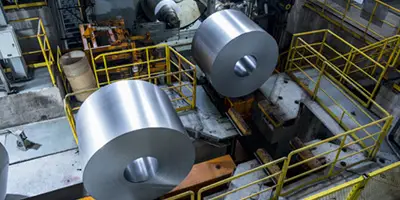
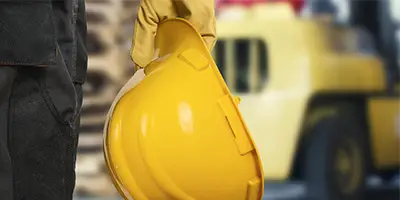
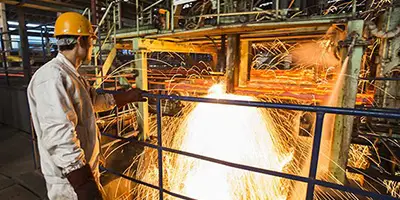
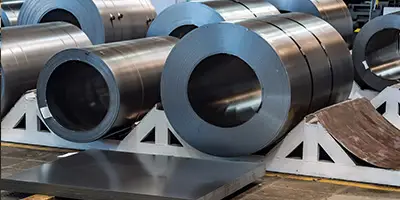

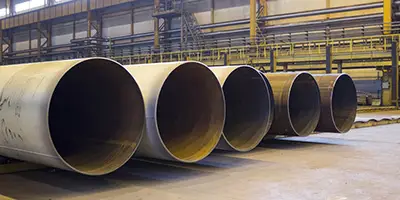
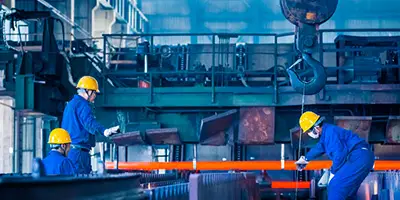
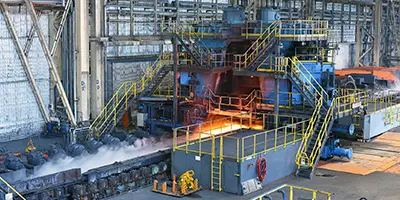
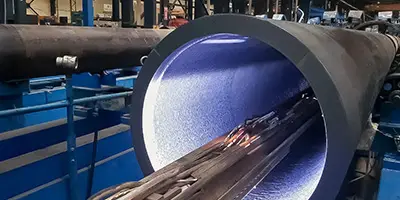
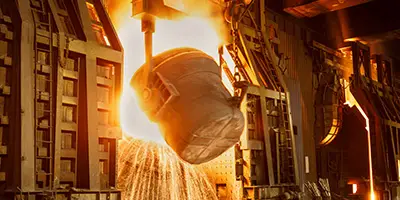
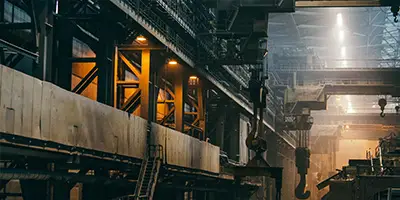

 Phone :
Phone :  Whatsapp :
Whatsapp :  Email :
Email : 


